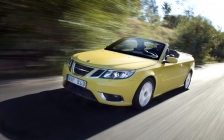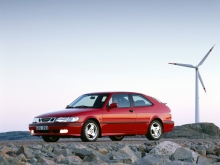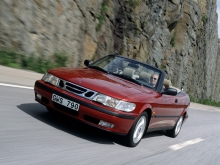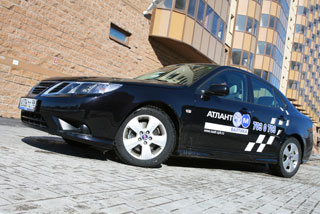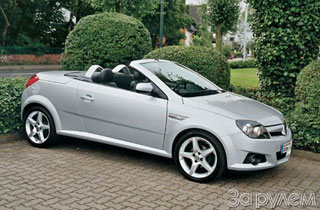Saab
SAAB models:
Specifications
Wallpaper Saab
Video
Private announcements
Test drives Saab
Saab prices (updated April 22, 2016)
| Saab model | Total cars for sale (in the Russian Federation) | Average price, rubles |
The average price of S. Automatic transmission, rubles |
Total for sale with automatic transmission | The average price of S. MCPP, rubles |
Total for sale with manual transmission |
|---|---|---|---|---|---|---|
| 900 | 48 | 153 274 | 173 361 | 9 | 149 494 | 38 |
| 900 Cabrio. | 6 | 296 476 | 187 182 | 6 | 351 758 | 6 |
| 9000 | 173 | 148 249 | 163 318 | 48 | 141 957 | 126 |
| 9-2X. | 6 | 298 987 | 222 362 | 6 | 684 666 | 6 |
| 9-3 convertible | 8 | 660 800 | 698 489 | 8 | 523 863 | 6 |
| 9-3 Sport Sedan | 124 | 554 023 | 580 400 | 92 | 492 462 | 38 |
| 9-3 Sportcombi. | 8 | 675 873 | 615 570 | 7 | 757 536 | 7 |
| 9-5 | 129 | 405 775 | 433 414 | 92 | 346 727 | 46 |
| 9-7x | 7 | 1 089 189 | 1 239 941 | 7 | 410 793 | 6 |
| 9-5 Universal | 22 | 469 841 | 499 999 | 16 | 408 294 | 8 |
Seat.
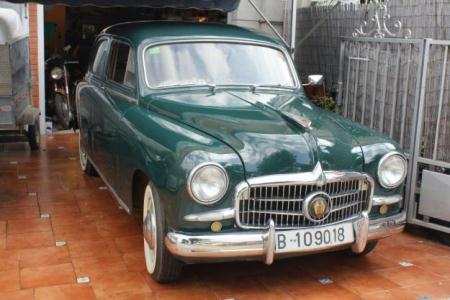
The history of the SEAT brand began in 1919, when the Italian automotive firm Fiat opened his branch in Spain. Today, this company is part of the Volkswagen concern, and its headquarters is located, like almost 100 years ago, in the suburbs of Barcelona. The company released its first car in 1953, and after 20 years, a two million copy of this brand was released. Fruitful thirty-year cooperation with Fiat ceased in 1980, and after 2 years the company became part of the Volkswagen concern, which today (since 1990) is the full owner of this brand. The financial position of the company today is considered sufficiently strong: more than 10,000 people work at its enterprises, and the number of cars implemented in 2010 amounted to 339,500 copies.


